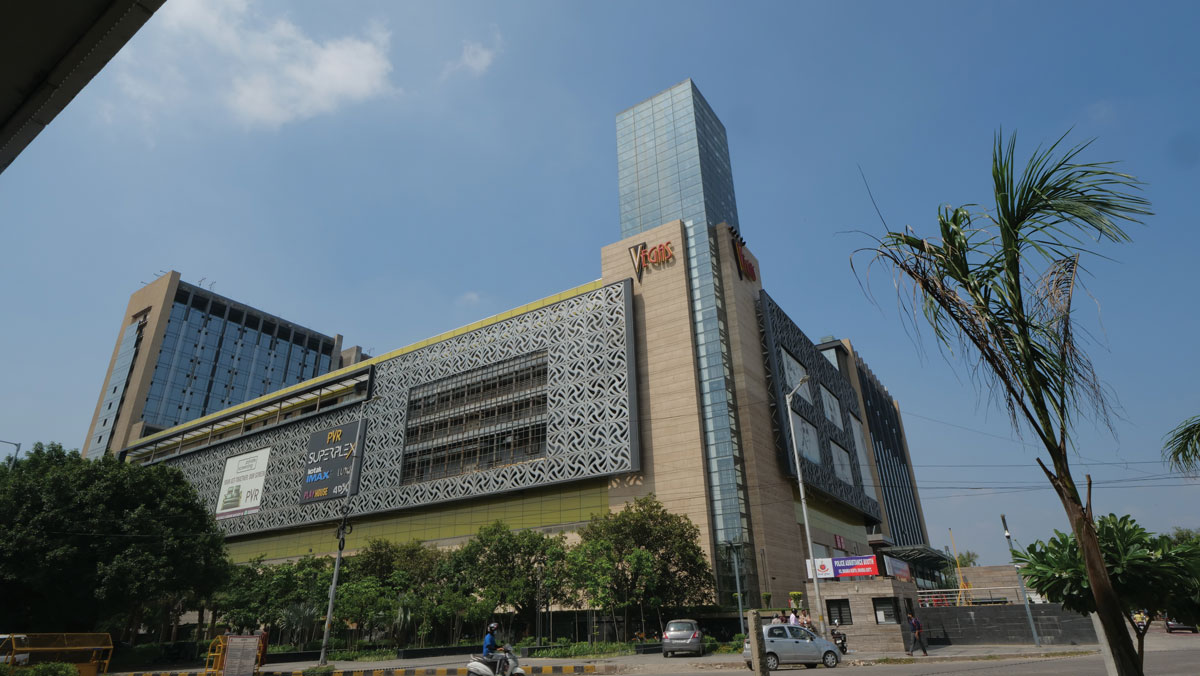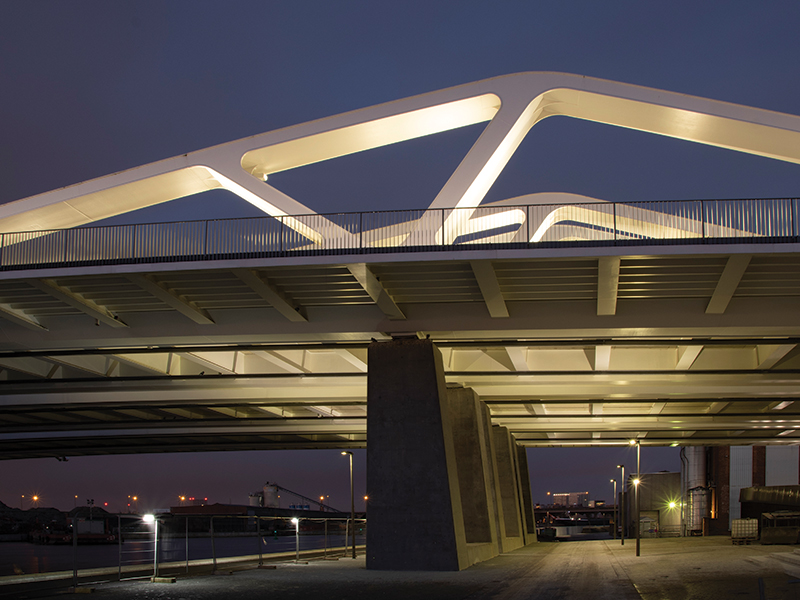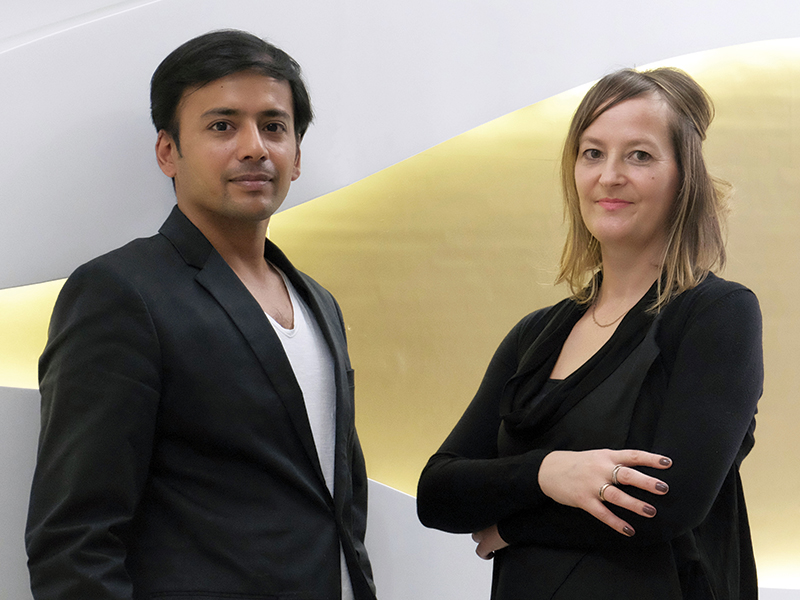
Due to the pandemic, an important shift in architecture will be that large-scale public buildings will be remarkably well-ventilated and spacious. On the retail front, we will have hybrid areas that merge indoor and outdoor spaces, to foster greater connection with fresh air. In the past few years, e-commerce has entered into the everyday lives of people with exceptional ease, developing a sense of trust and guarantee. This has transformed the design focus of the physical retail sector from just providing spaces for shopping to catering to crowds who come to malls for a unique experience rather than just shopping. The focus of retail architecture has shifted from the practice of purchase to the pursuit of new and exciting encounters in a public place.
The focus now is on creating versatile, multi-functional spaces.
In our recent past, lines between home, work and leisure spaces have seamlessly blurred, highlighting the importance of versatile, multi-functional spaces in all design briefs. Hence, design considerations acknowledging these changes are vital for creating effective and functional spaces, like designing offices with generous spaces, homes with dedicated working areas, mixed-use public buildings with lower densities, and more.
In terms of mixed-use architecture, it is particularly important to incorporate forecourts, plazas, and courtyards within the design to create a breathable, multi-purpose, open space. These spaces enable dynamic usages and help keep interior areas well-ventilated.
Sustainability is not only a trend, but also a necessity.
Architects have realised that it is the need of the hour to build sustainably with energy efficient solutions. Furthermore, I think we will see some significant developments in the use of prefabricated structural systems for high-rise buildings. Prefab systems are constructed in a controlled environment, reducing dust release in the neighbourhood, minimising wastage, and consequently using lesser materials. Thus, a sense of consciously using materials and gauging the impact of construction is an important trend that will hopefully gain prominence.
A key choice is to reuse existing materials and design systems to reduce the environmental impact of production.
Moving forward, I think architects can consider looking for alternatives to concrete, or at least use it within a composite environment, instead of relying on it completely. Using composite materials with natural fibres is sure to enhance the structural integrity of concrete as a material. Innovations in new materials like ferrock, which uses recycled materials like steel dust and leftover rock, is an excellent choice. It is a concrete-like material but is carbon neutral and uses less energy to produce.

When building materials start changing, the character of architecture transforms.
Structural systems and construction techniques will have to adapt to sustainable materials, when they become a part of mainstream industry practice. In terms of sustainable architecture, architects have to realise that it is not just a matter of adding external touches to buildings like solar panels or LEED-approved glass, but it is a holistic pursuit towards building low-impact construction.









